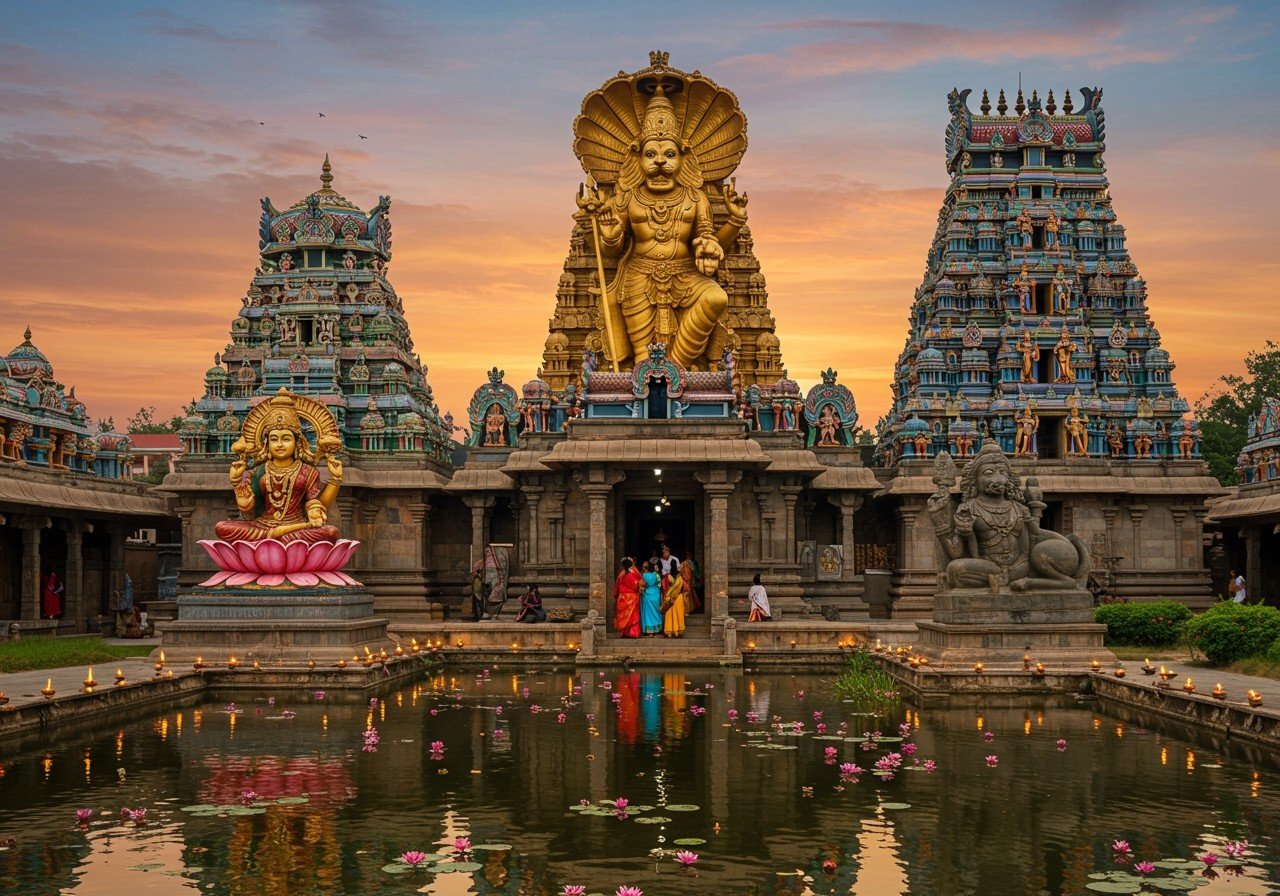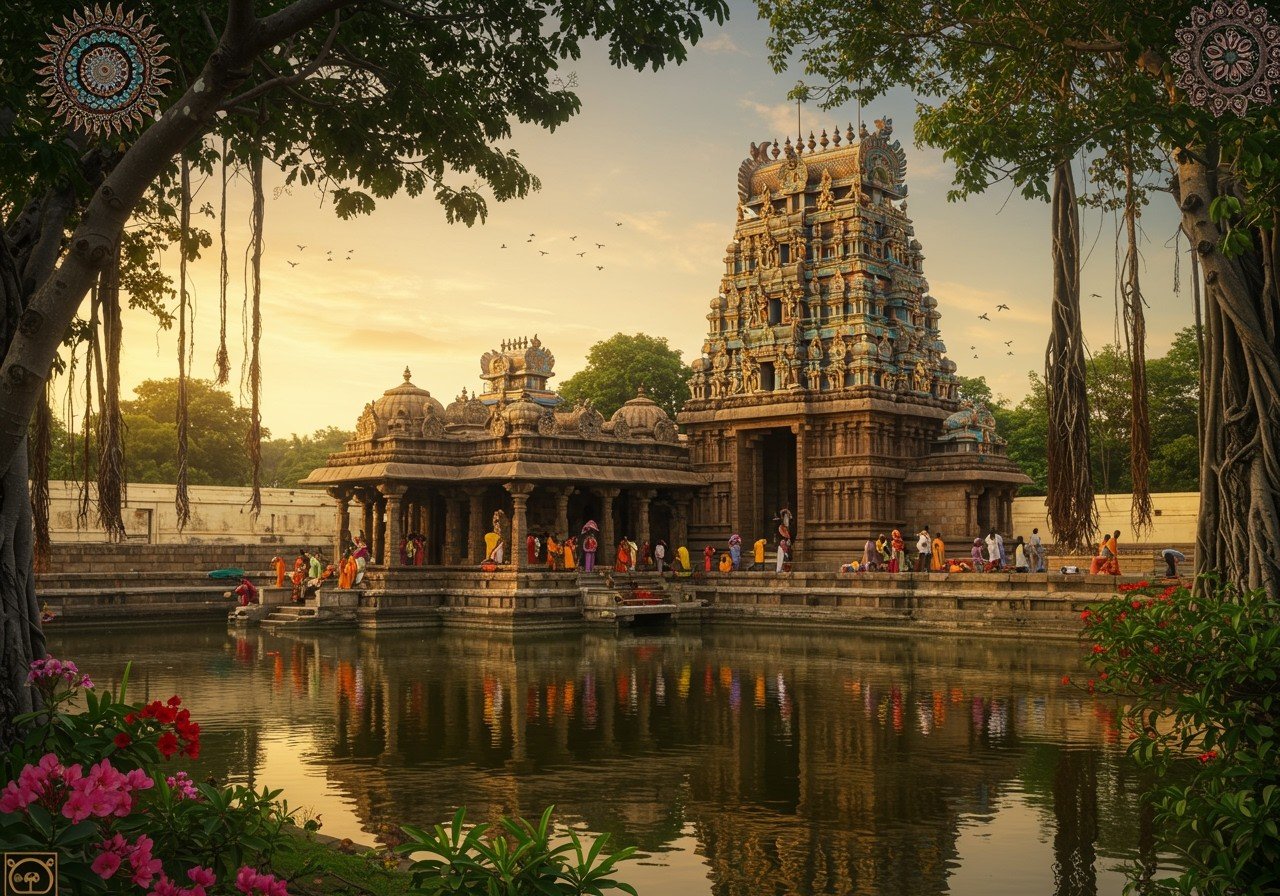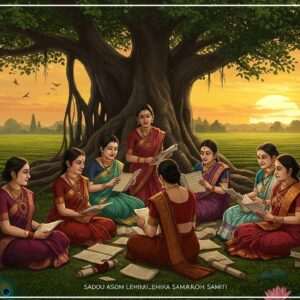
In the heart of Multan, a city that breathes history, stands a magnificent monument that feels like a piece of our own shared heritage. The Tomb of Shah Rukn-e-Alam is not just a building of brick and tile; it is a sanctuary of peace, a testament to faith that has drawn seekers and devotees for centuries. For those of us in India who cherish our deep cultural and spiritual roots, exploring this sacred space is like turning a beautiful, familiar page in the grand book of the subcontinent’s history.

A Glimpse into the Life of a Great Saint
The soul of this mausoleum is the revered Sufi saint, Sheikh Rukn-ud-Din Abul Fateh, lovingly known as Shah Rukn-e-Alam, which means the “pillar of the world.” Born in 1251, he was the grandson of another great mystic, Baha-ud-Din Zakariya. He dedicated his life to the Suhrawardiyya order of Sufism, and his teachings of love and unity spread far and wide, touching countless hearts. His presence is still felt within the serene walls of this tomb, which became his final resting place in 1335.
An Architectural Masterpiece of the Tughlaq Era
Prepare to be mesmerised by the sheer grandeur of this structure. Built between 1320 and 1324, the tomb is a shining example of Tughluq architecture. It was originally constructed by Ghiyath al-Din Tughluq, perhaps for himself, but destiny had other plans. His son, Muhammad bin Tughluq, gifted this architectural gem to the saint’s family. The design is so profound that it influenced countless monuments across the subcontinent for years to come.
The tomb is built in three tiers, starting with a powerful octagonal base with walls that are four feet thick. What truly captures the eye is the exquisite exterior, adorned with carved wooden panels and a breathtaking display of tile work. The deep blues, azure, and pristine whites create mesmerising geometric and floral patterns, a signature style of Multan’s artisans. This celebration of divine art reminds one of the intricate stories carved into the walls of South India’s grand temples, like the magnificent Chennakesava Swamy Temple.

The Spiritual Heartbeat of Multan
This is more than just a historical site; it is a living, breathing centre of spirituality. Every year, over 100,000 pilgrims flock here for the ‘urs’ festival, which marks the anniversary of the saint’s passing. The air fills with the soulful sounds of qawwali, and a palpable sense of devotion envelops the entire courtyard. It is a place where people from all walks of life come to offer prayers, seek blessings, and find a moment of profound peace.
Planning Your Sacred Journey in 2025
If you are planning a visit, a little preparation can make your experience truly blissful. The tomb is beautifully situated on a hill inside the historic Fort Kohna Qasim Bagh, close to other important landmarks.
Best Time to Visit and What to Expect
Many travellers wonder about the ideal time for a visit. To truly soak in the tranquil atmosphere, plan your trip between October and March when the weather is cool and pleasant. The early morning hours or the moments just before sunset cast a magical glow on the shrine, making it perfect for quiet reflection. The shrine remains open throughout the year for all devotees.
A Guide to Respectful Conduct
As this is a place of deep reverence, dressing modestly is essential. It is customary for women to cover their heads as a sign of respect. You will be asked to remove your footwear before entering the main shrine area. Maintaining a quiet and respectful demeanour, especially in prayer areas, is appreciated. While you can usually take photographs in the outer courtyards, it’s always best to be mindful and respectful of the worshippers around you.
Bringing a Touch of Serenity to Your Home
The peace one feels at such sacred places often inspires us to create a similar spiritual corner in our own homes. A dedicated space for prayer and meditation can become your personal sanctuary. At Poojn.in, we understand this heartfelt need for connection.
You can bring home the divine energy with our collection of authentic spiritual items. Consider placing an Adiyogi Marble Dust Murti in your meditation space to inspire inner peace. For your daily rituals, our Pure Brass Glass for Pooja adds a touch of traditional elegance. Explore our beautiful range at poojn.in to find items that resonate with your soul.
A Legacy Preserved for Generations
The incredible effort to maintain this monument has not gone unnoticed. The tomb is lovingly cared for by the Auqaf Department of Punjab and has received the prestigious Aga Khan Award for its remarkable preservation. It is also on the tentative list of UNESCO World Heritage Sites, ensuring that its story and beauty will be cherished for many generations to come.
Your Questions Answered
For those planning their first visit, a few questions often come to mind. One common query is about the other graves within the complex. Surrounding the saint’s tomb are the final resting places of 72 of his descendants and devoted followers, creating an atmosphere of collective devotion.
Another point of interest is its rich history. The tomb is not just a spiritual site but also a historical one, standing as one of the earliest and most impressive examples of Tughluq architecture. It represents a confluence of cultures and a legacy of faith that continues to inspire awe and reverence in everyone who visits.


